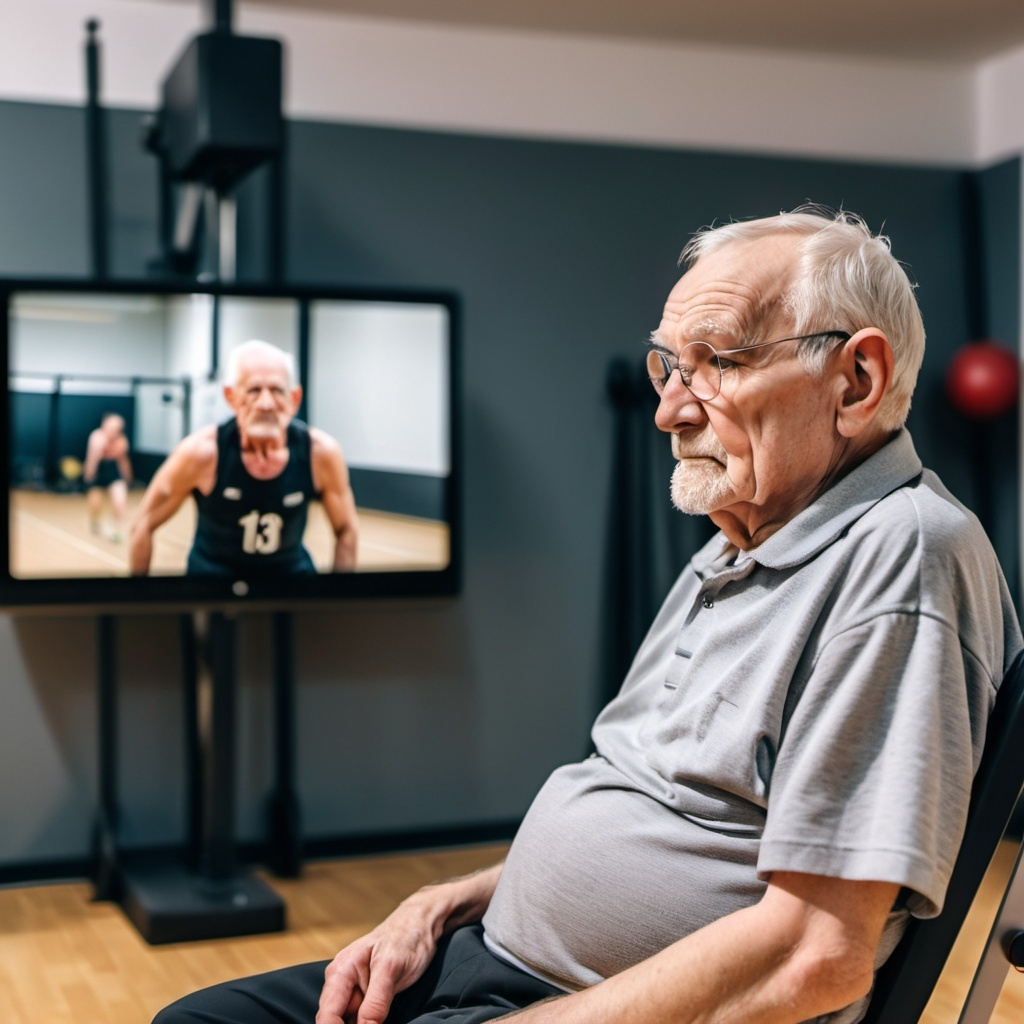Hearing aid technology has seen significant advancements over the last decade, with features such as Bluetooth streaming, rechargeable batteries, and even smartphone compatibility becoming industry standards. But one of the most anticipated upgrades in the hearing aid world today is the introduction of Auracast™, a new broadcast audio standard designed to bring seamless audio streaming to hearing aids and other personal audio devices. Auracast™ promises not only to enhance user experience but also, in my opinion, to replace the decades-old t-coil technology that hearing aids have relied on for wireless audio.
What is Auracast™?
Auracast™ is a feature of Bluetooth LE Audio, a new generation of Bluetooth technology optimized for low-energy audio transmission. It allows an audio source (like a smartphone, television, or other public audio systems) to broadcast directly to Bluetooth-enabled devices without the need for traditional hearing loops, t-coils, or cumbersome adapters. Essentially, it creates a wireless “audio broadcast” that hearing aids, earbuds, and headphones can pick up directly, offering a simpler and clearer listening experience.
Auracast™ can be used in various public and private settings, such as:
- Theaters and movie cinemas
- Lecture halls and conference rooms
- Airports and transit stations
- Sports arenas
- Home entertainment setups
The flexibility and sound quality improvements are impressive, making it a feature that has the potential to enhance accessibility for millions of hearing aid users worldwide.
How Bluetooth is different from Auracast
Bluetooth LE and Auracast differ significantly in their approach to streaming audio to hearing aids and personal audio devices. Bluetooth LE Audio is primarily designed for private, one-to-one connections, allowing users to stream sound directly from their smartphone, tablet, or other personal devices to their hearing aids. This one-on-one streaming ensures a secure and stable connection but is limited to devices that the user specifically pairs with.
In contrast, Auracast uses Bluetooth LE Audio’s broadcast feature to create an open, one-to-many connection. This public broadcast system allows multiple users within range to access the same audio stream without needing to pair individually. Auracast is particularly valuable in public spaces like airports, gyms, or theaters, where users can select an audio source, such as a TV or announcement system, directly from their device. This difference between personal Bluetooth LE streaming and the shared, accessible approach of Auracast is key to making audio universally available in public environments, creating a more inclusive experience for all hearing aid users.
Auracast™-Ready Hearing Aids: The Current Situation
Auracast™-ready hearing aids have already hit the market in anticipation of full Auracast™ adoption. However, at present, Auracast™ technology isn’t broadly available in consumer devices, as it requires compatible smartphones, TVs, and other broadcasting devices. Only a limited number of devices currently support Auracast™, leaving hearing aid users waiting for widespread adoption.
These Auracast™-ready hearing aids are prepared for the upgrade, and once compatible devices become more common, users will only need a firmware update on their hearing aids to enjoy the full benefits of Auracast™.
Imagine This: A New Way to Tune In at the Gym
Picture walking into your local gym, where five TVs line the wall above the cardio machines, each playing a different channel—news, sports, movies, weather, and workout shows. With Auracast™, you open an app on your phone, and each TV is listed with a simple channel name or number. You tap on your preferred show, and in seconds, the audio streams directly to your hearing aids. No more trying to catch faint sounds through the gym’s speakers or wrestling with subtitles. Instead, you’re completely immersed in your chosen program, enjoying clear, personalized audio as you work out.
Auracast™: The Next T-Coil?
In my view, Auracast™ technology could eventually replace the need for t-coils in hearing aids. The t-coil, or telecoil, has been a longstanding solution that allows hearing aid users to access sound from various audio sources without interference. However, the setup often requires t-coil-specific venues and doesn’t work well in every environment. Auracast™ offers more flexibility, as it can work wherever a compatible Bluetooth transmitter is present, potentially making it a more universal solution than t-coils.
The shift to Auracast™ could lead to a more streamlined experience for users, as they would no longer need to rely on venues to install hearing loops. Additionally, it would enable personal streaming options like direct TV or phone audio with greater clarity and less delay than traditional Bluetooth, making Auracast™ a fantastic option for everyday use as well.
Benefits of Auracast™ for Hearing Aid Users
Here’s what hearing aid users can look forward to as Auracast™ becomes more widely available:
- Universal Compatibility: Instead of needing specific hearing loops, Auracast™ is compatible wherever an audio source broadcasts a signal, making audio more accessible in various environments.
- Improved Sound Quality: Auracast™ technology promises a clearer and more natural audio experience with reduced latency and better synchronization compared to t-coils.
- Seamless Connectivity: Users can switch between devices more easily, whether they’re listening to TV at home, announcements in an airport, or live audio in a theater.
- Firmware-Only Update: For Auracast™-ready hearing aids, a simple firmware update is all that’s required once Auracast™ technology becomes standard on more devices.
Auracast™ holds incredible promise for hearing aid users, and as compatible devices grow, I believe it will usher in a new era of convenience and accessibility in hearing technology. For now, keeping an eye on Auracast™ developments is key, as this technology is positioned to revolutionize the way hearing aid users experience audio.
Current Auricast-ready Hearing Aids
f Auracast-ready hearing aids that are prepared for seamless audio streaming once the Auracast technology becomes widely available. These models are equipped to take advantage of future firmware updates, enabling them to connect directly to a variety of public and private audio sources.
- ReSound Nexia – Known for advanced Bluetooth capabilities, Nexia’s models such as Micro RIE and BTE are ready for Auracast, featuring powerful directionality and speech comprehension technology designed for challenging listening environments.
- Jabra Enhance 20 – This model is engineered with Bluetooth LE Audio in mind, making it a potential leader in future Auracast streaming updates.
- Signia Integrated Xperience (IX) – Equipped for future Auracast functionality, Signia IX models include modern hardware designed to handle shared audio streaming when fully activated through firmware updates.
- Oticon Intent and Philips HearLink 50 – Both of these hearing aids feature LE Audio readiness and will support Auracast for more flexible streaming of public audio once the technology matures.
- Cochlear Nucleus 8 Sound Processor – Although primarily a cochlear implant processor, the Nucleus 8 supports Auracast for users needing cochlear devices.
- Phonak Infinio – Phonak’s Infinio series features a forward-thinking approach with LE Audio compatibility, ensuring that they’re ready to handle Auracast’s dynamic streaming capabilities as the technology becomes more widespread.
These devices reflect the industry’s movement toward a streamlined and adaptable audio experience, where Auracast technology could bring a more inclusive and accessible future for all hearing aid users. As Auracast expands, this list will likely grow, ushering in a new era of accessible, wireless audio streaming.
Auracast is setting the stage for the next generation of universal audio streaming. If you’d like to explore how this breakthrough fits with the full range of modern accessories, don’t miss our ultimate guide to hearing aid accessories and tech.

